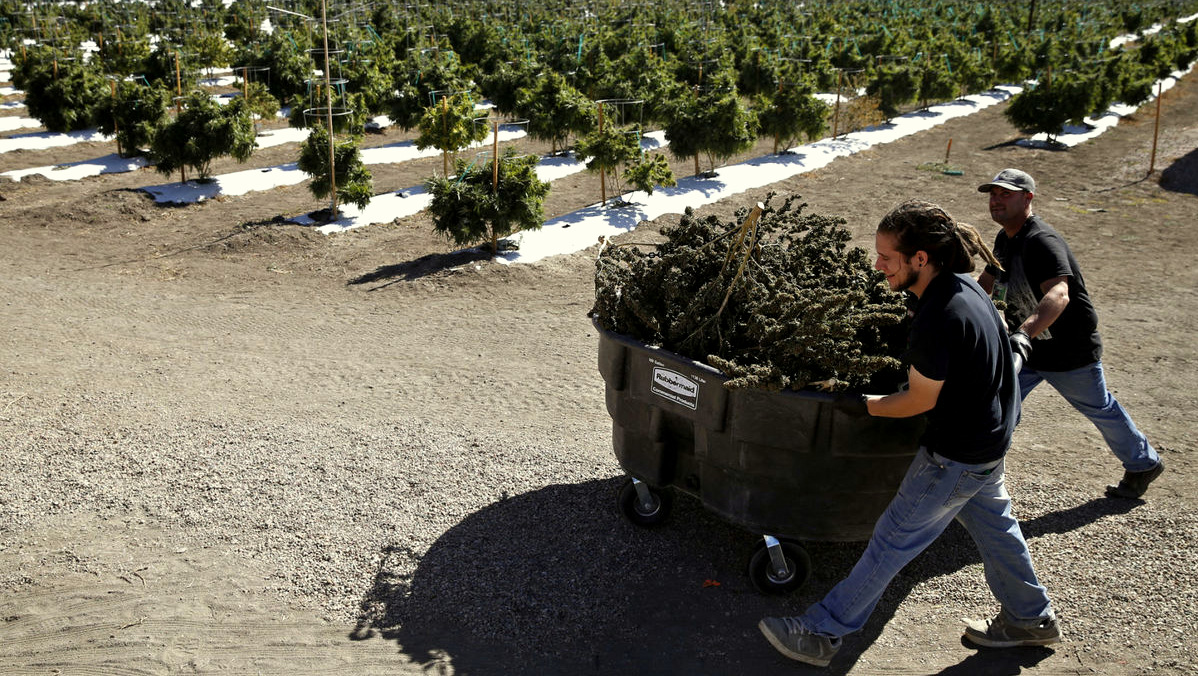
DENVER — Legal cannabis is booming, and with Colorado netting $1 billion in legal, regulated sales in the first 10 months of 2016, the industry’s growth isn’t showing any signs of slowing.
Sales of both recreational and medical cannabis hit $1.1 billion by October, according to analysis of sales data from the Colorado Department of Revenue. A boost in sales from the December holiday season is expected to push the total even higher.
“We think we’ll see $1.3 billion in sales revenue this year,” said Christian Sederberg, a partner at Vicente Sederberg and a leading cannabis industry lawyer, in a Dec. 12 interview with The Cannabist, a division of The Denver Post.
However, the economic impact of legal cannabis sales could actually be far higher in the Centennial State. An October report from the Marijuana Policy Group estimated that the total economic output from legal cannabis sales had reached $2.39 billion and generated some 18,000 jobs in 2015. This figure includes every aspect of the state’s booming cannabis industry, from licensed growers to the clerks who sell the finished product in the state’s dispensaries.
“The economic impact of this industry — if we’re using the same multiplier from the Marijuana Policy Group’s recent report, which is totally reasonable — it suddenly eclipses a $3 billion economic impact for 2016,” Sederberg told Ricardo Baca, a staff writer at The Cannabist.
While final tax figures for the year are not yet available, Sederberg said he expects the state to see more tax revenue than in 2014 and 2015 combined. Medical cannabis first became available in the state after the 2000 election, and recreational cannabis sales in Colorado began in 2014.
Baca echoed Sederberg’s tax revenue projections and analysis:
“Depending on November and December’s forthcoming pot tax totals, that scenario is possible. Not accounting for licensing fees imposed on cannabis businesses, $63.4 million in marijuana taxes were collected by the state in 2014 along with another $120.6 million in 2015. Since 2016 taxes through October sit at $151.4 million, each of the year’s final two months would have to top $16.3 million apiece to best the two previous years’ totals combined.”
The lion’s share of taxes levied on Colorado’s recreational cannabis sales benefit education and the construction and refurbishment of public schools. “While the first $40 million will go toward school construction projects, any additional tax revenues from the excise tax will go directly to the state’s public school fund,” Baca noted.
Tax revenues are also beating expectations in Oregon, according to a Dec. 12 report from Leafly, a cannabis news and information website. The Oregon Liquor Control Commission, which oversees cannabis sales in the state, had expected to see $18.4 million in tax revenue in the first two years of cannabis sales, which began in July 2015. As of Nov. 30, actual tax payments hit an astonishing $54.5 million.
Cannabis sales in Oregon are currently taxed at 17 percent, and that tax revenue “will go to pay for police, addiction programs, and schools,” Leafly’s Gage Peake reported, supporting his assessment that Oregon is “crushing it” in terms of legal cannabis sales.
Currently, seven states — Maine, Massachusetts, Colorado, Washington, Alaska, Oregon, California, Nevada — and the District of Columbia have legalized recreational cannabis, while 28 states allow some form of medical cannabis access.

